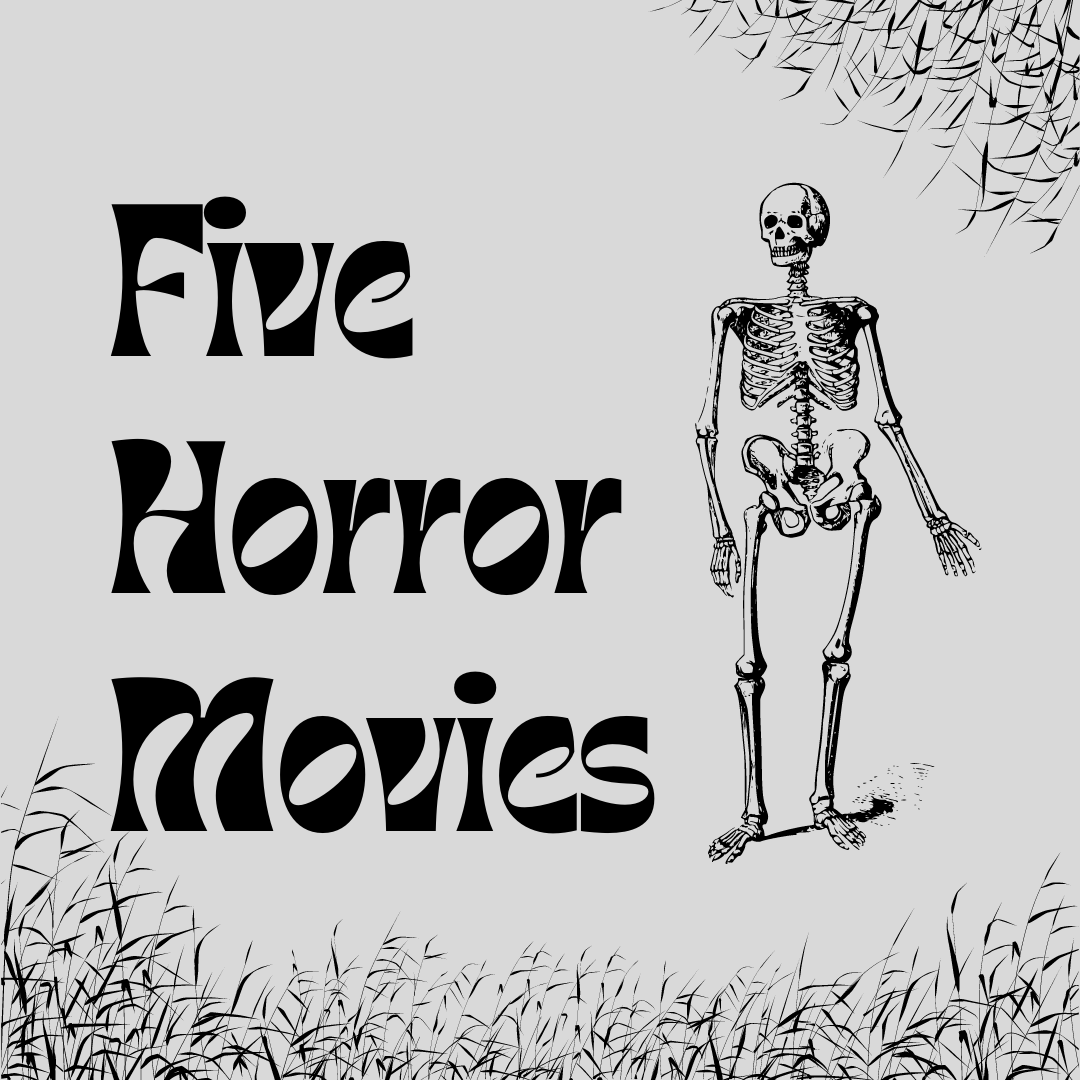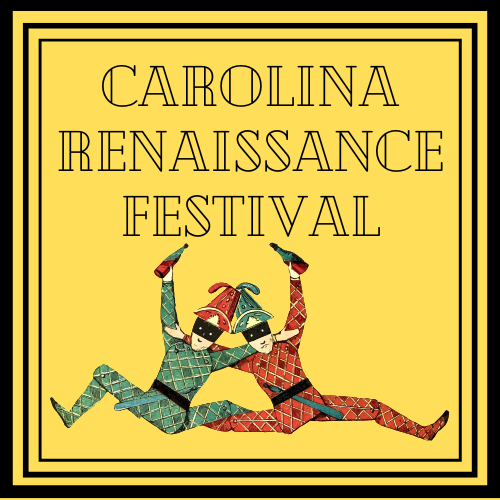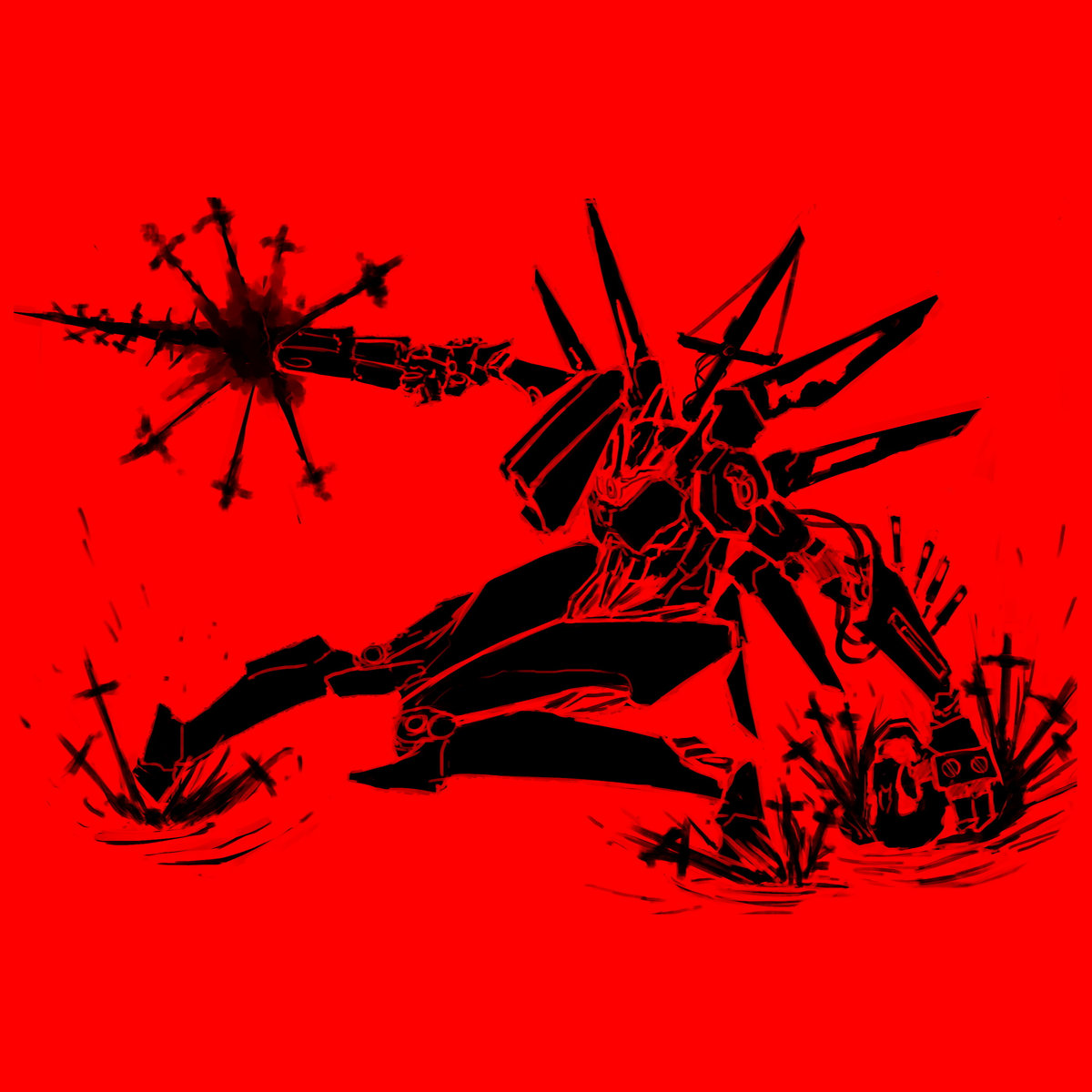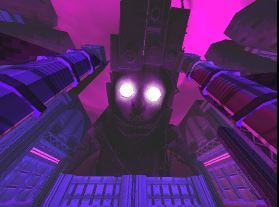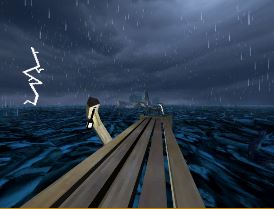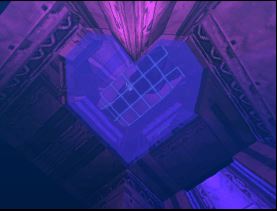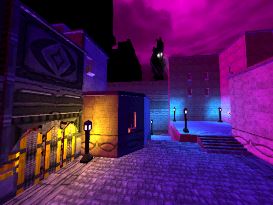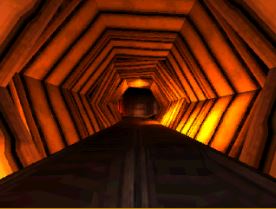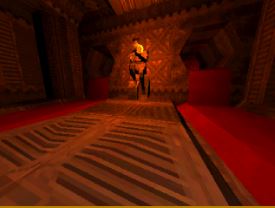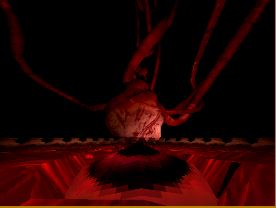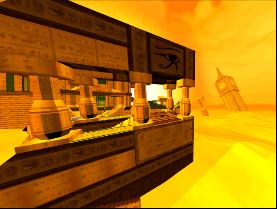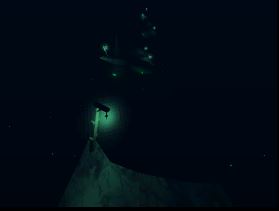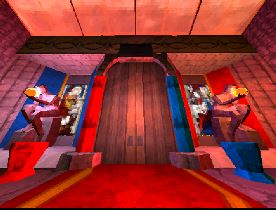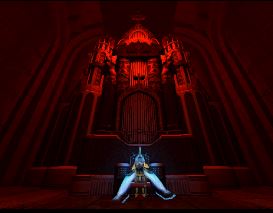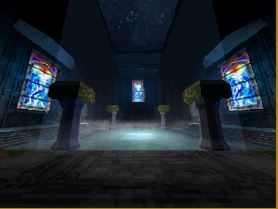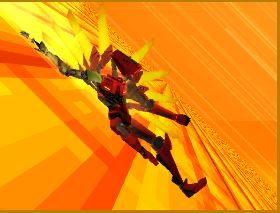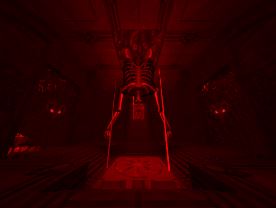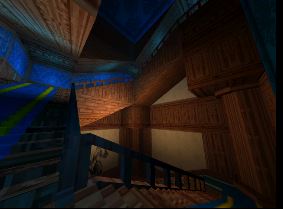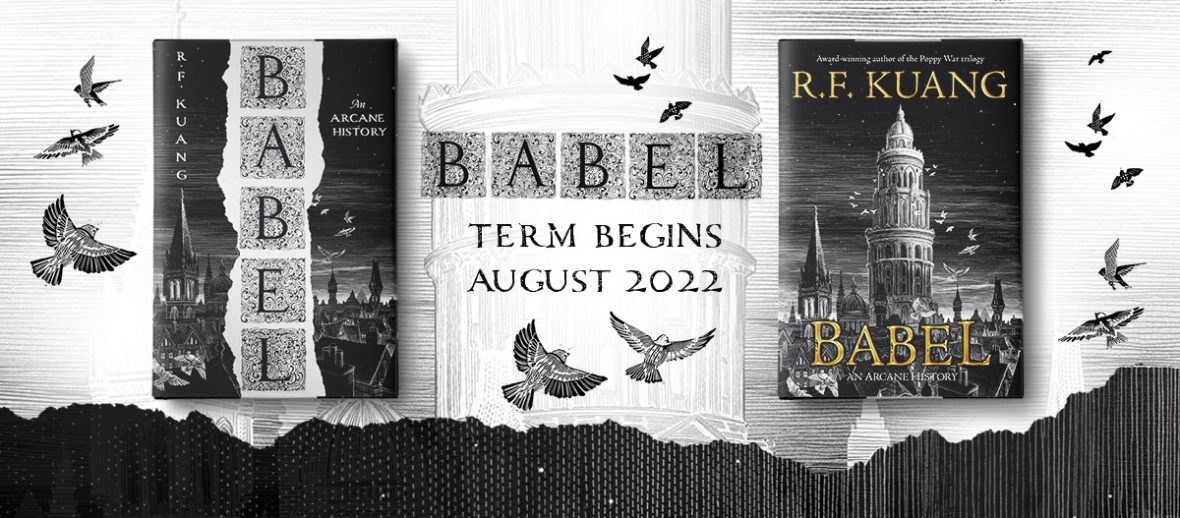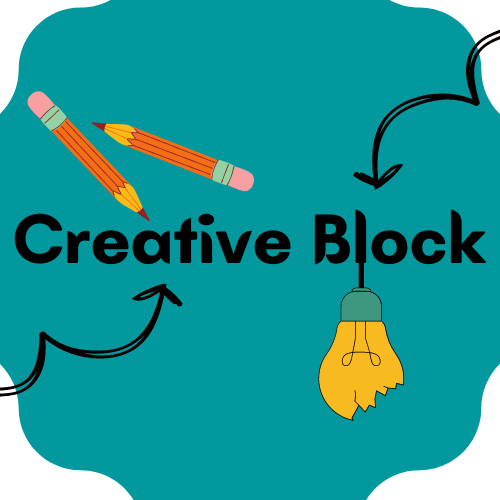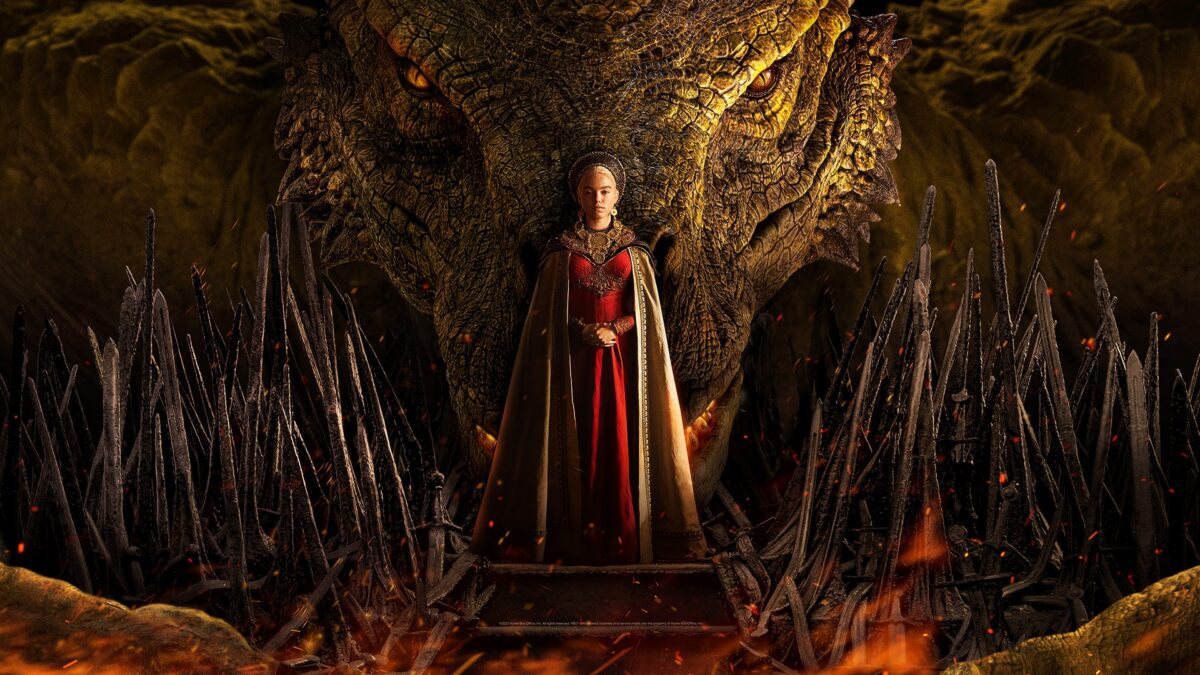The ULTRAKILL soundtrack by Heaven Pierce Her is awesome. It’s fast, it’s hard, and it pushes you to go absolutely nuts with the game. Here is my ranking of every level based on their music. I will not be covering any secret levels or Prime Sanctums, but all other levels are here. Also, if you haven’t played ULTRAKILL yet, there will be minor spoilers in this blog.
Read more: Every ULTRAKILL Level Ranked By Music
25. Court of The Corpse King
The only real music in this level is the ambience leading up to the boss fight, which sets the tone well, but once the boss fight starts, there is only more ambient noise. Maybe if there was some more substance, I would rank it higher, but there isn’t enough music in this music.
24. Cerberus
The first major boss fight of the game has a disappointing score. There is a nice rumbling ambient buildup leading up to it, but the music during the fight itself is a bombastic intro set on a roughly 30 second loop. It sounds cool the first time, but it gets old very fast.
23. Waves of The Starless Sea
Despite being one of my favorite levels, I have to rank it low on this list due to a complete absence of music for the first half of the level. Even as the level progresses, the music is kept to a minimum, with a single violin accompanying the sound of rain and crashing water. As the Ferryman boss fight at the end of the level unfolds, it’s too little too late. The Ferryman’s theme gets too repetitive, even for the short time it’s there.
22. Sheer Heart Attack
This level is fast and confusing and stressful, and the music perfectly reflects this. The main melody is harsh, but not in a particularly interesting way. There are some great guitar riffs sprinkled in here, but it is mostly forgettable among the better parts of ULTRAKILL’s soundtrack.
21. Bridgeburner
The best quality of this track is the layering of synths that ease you into the digital lust realm of Layer 2. The first thirty seconds or so of the song meshes well with the gritty dystopian cityscape. After that though, the music becomes pretty forgettable, as you move on to something a little more intense.
20. Death At 20000 Volts
This level adapts the melodies of Bridgeburner and gives them a stronger backbone. The music feels sleazy, as a realm of lust should be, but again, compared to most of the music in this game, it becomes fairly forgettable.
19. A One-Machine Army
By the time you get to this level, you will be sick of the song. It is used in the first four levels of the game, with this level being the last of them, thus its ranking below the others.
18. Double Down
The music is a little more fresh on this level, as this is only the third time in a row that you’ve heard it.
17. The Meatgrinder
The theme from Into The Fire continues onto this track with slight variations to keep it fresh. There’s an extra bassline or two, and the drum breaks are a bit different. Unfortunately, as the levels continue, that freshness starts to go away, but the track has enough substance to push the player forward through the mechanical halls of the prelude levels.
16. Into The Fire
Here we are. The music from the very beginning of the game. Not only is this the first time you hear the breakcore take on DOOM-like music that ULTRAKILL is known for, but there is also a nice buildup, adding to the anticipation, before being thrust right into the action.
15. In The Flesh
As you approach the end of Act I, an organ starts to ring out through the organs that surround you. As it turns out, this is actually a piece written by Johann Sebastian Bach called, “I Call To You, Lord Jesus Christ.” Tunneling through the fleshy walls of King Mino’s insides leads you to a giant open chamber where guitars ring out in epic baroque fashion. It’s very fitting for a boss fight, but it loops a touch too quickly.
14. God Damn The Sun
The heat of the desert sun beating down on you introduces a super heavy sludgy sound that fits the level well. There is more of a reliance on drum breaks to carry the intensity of the song forward than the other heavy desert level music, but the unique elements of this track still stand out.
13. Belly of The Beast
The music on this level starts out slowed and disoriented as you try to gather your surroundings, but once it picks up, you can’t help but feel inspired by the violins and pianos doing runs up and down and the sick drum beats urging you on.
12. Leviathan
Perhaps I may be a bit hypocritical here with my comments about ambient music in this game, because I adore the ambient beginning of this stage. There are chimes mixed with reversed chimes to create this super haunting effect as you bound across the bottom of the sea. It’s a warning. A premonition of things to come. The boss theme itself is pretty average. It has enough scope to make it work, but it’s definitely not a standout. The music in the beginning of this level though, makes it one of my favorite moments in the game.
11. Heart of The Sunrise
After going through the intensity of the first major boss battle, you might be caught off guard by what comes next: sunny blue skies, a scattering of trees, and a cute little wishing well. With this confusing sight comes a relaxing piano tune that rings out with a harp-like cadence. But as you poke around, you start to realize that something is wrong. None of this is real. This is when the music ramps up and enemies start to appear. Fast drum breaks and tense melodies played on high pitched piano keys turn Limbo’s relaxing façade into an arena for battle.
10. Slaves To Power
Slaves to Power features a mix of a stereotypical videogame desert level sounds and sludgy metal riffs. Double kicks and grimy guitars will get your head banging while traversing the sands of greed. There is also a healthy does of drum breaks to keep the breakcore theme of the soundtrack tied together, with layered vocals also helping to widen out the track.
9. Hall Of Sacred Remains
Who would have thought that harpsichord and guitar distortion would go so well together? This track moves at breakneck pace, introducing more harpsichord layers and guitar distortion as it progresses. The main melody has a nice chromatic decent making for a perfect cinematic backdrop to a level with lots to explore. It also helps that this tune is super catchy.
8. Aesthetics of Hate
Bach once again marks the beginning of the end. The final level of Act II opens with a different rendition of “I Call To You, Lord Jesus Christ,” but this time in a far more sinister tone, with some chimes ringing in first as a prelude. The archangel Gabriel turns to face you, and a beefier stronger theme from In The Flesh rings out over a pool of blood. A great way to end the current levels in the game and leave people waiting for what’s coming next.
7. Clair De Lune
This level starts fittingly with Debussy’s “Clair De Lune,” setting a romantic nighttime mood. Then the acoustic guitar comes in. An intense multi-part boss theme fills the room as you fight V2, a twin version of yourself. This fight is hard. You will hear this song over and over again. Unlike some other boss themes however, it’s hard to get tired of this one. The theme is diverse, which keeps things fresh dozens of deaths in.
6. Clair De Soleil
The V2 battle theme from Clair De Lune carries over to Clair De Soleil, but much like V2 itself, the soundtrack is stronger this time. It’s more intense and fits the faster pace of the boss battle. It also ranks higher than Clair De Lune due to the music leading up to the fight using the same motifs and contributing to the atmosphere of the pyramid, without relying on a preexisting song to build atmosphere.
5. The Burning World
This level uses the same music as Heart of The Sunrise, building the expectation that this will be a nice tame level just like the last one. Then, everything is on fire. The pretty polygonal trees are burning to a crisp, the earth is scorching. Pained industrial squealing drowns out any sense of safety you thought you might have had, which is why it lands so high on this list. This is the level that says to you, “Be ready for anything in this game.”
4. In The Wake of Poseidon
They say that water levels always have the best music, and this level certainly makes a strong case. The music remains a sloshed haze while under the water, with percussive elements poking through. But where the music on this level really shines is when you’re out of the water. The tone is both tranquil and sinister, highlighted by a smooth saxophone section. The music takes the traditionally calm aesthetics of water music in other games and mixes them with intense drum breaks to make something truly unique.
3. A Shot In The Dark
The music in A Shot In The Dark is a perfect example of the music of the level evolving with the atmosphere of the level. It starts out with only a small vocal chorus and an eerie marimba. As you explore the pitch black insides of an ancient pyramid, the chorus slowly starts to expand. Percussive elements are introduced, adding to the intensity. Its reserved in its use of percussive elements, which makes it stand out in a soundtrack where fast drum breaks are common. Even a harpsichord joins in at one point. It all comes to a head in the final room, which is a huge disorienting arena with spinning merry-go-round lights. An organ cuts through the track, spinning a dizzying melody that perfectly fits with the grandiose nature of the surroundings.
2. Cry For The Weeper
Cry For The Weeper starts out with super intense industrial noise that sounds absolutely crushing. It shifts and evolves, and if you listen to the music carefully, it sounds like it’s breathing. What makes this level special though isn’t the beginning. After the noise starts to fade away, you’re dropped into the rest of the stage, where a brand new version of the Belly of The Beast (#13) music starts to play. The instrumentation is turned up several notches, and there are motifs and nods to the music from the very beginning of the game as well! The shredding guitar and the double kick drum only make things more epic, and to top it off, the final battle on this stage is yet another remake of previous music, this time from Hall of Sacred Remains (#9). It’s a musical reminder of how far you’ve come while also being an epic musical peak. This is probably the single best song in the game, but there is one level that has this one beat for music.
Honorable Mention: Cybergrind
The music for Cybergrind, ULTRAKILL’s endless arena mode, had to have been made in a government lab as an experiment to see how well a person could be kept in a flow state. It’s not technically a level, but you can’t talk about ULTRAKILL music without bringing up the Cybergrind music.
1. Ship of Fools
Ship of Fools is a masterclass in how to build atmosphere with music. Right out of the gate, you’re met with a violin that immediately screams “pirate ship.” Before your eyes have even registered what you’re looking at, you already know from the swing of the tune, that this is a boat level. The main tune could easily be the theme of the deadliest pirate gang in the seven seas. The guitars and piano are intense, but accessible and catchy. There is also a neat horn section that appears from time to time to add an extra layer to the track that makes it less “pirate-y” and a bit more smooth. There’s even a bridge that features an accordion. What is more pirate ship than an accordion? The track is so much fun, and always feels fresh.
But then, the boat is flipped over. The level is upside down. Water floods the halls, and the lights are dim, and the music reflects this change perfectly. The track slows down, keeping the same melodies, but with an entirely different rhythm and instrumentation. The harp is really what shines on this track. It sent shivers down my spine when I first heard it. This track creates an eerie and somber mood, perfect for trekking back through the wreckage of a massive ship. The music in Ship of Fools is an excellent reminder of why video games have music in the first place: to make the places you explore feel alive.

